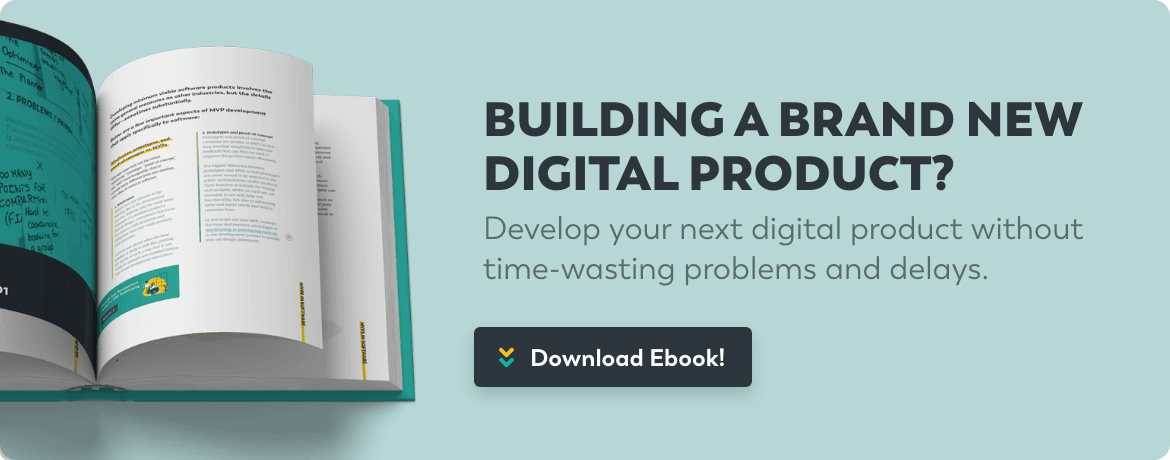Why is software development slow? And, if it is too slow, what can be done to speed it up a bit? These are tough yet common questions leaders of dev teams around the world have had to address more than once. The speed of software development is often dictated by multiple factors at once. From team size to resource availability and project scope, obstacles both new and familiar can slow software projects to a crawl.
Overcoming such daunting challenges is what development is all about, but it can be difficult to discern which way your team should go while you’re in the thick of coding and coming up with solutions. This article should provide some much-needed guidance on the subject and help you streamline your team’s efforts in no time.
How to speed up software development
In order for your team to really crank up the speed in software development, they’ll need to know what parts of the process can be improved and by what means they ought to go about doing so. The tips that follow should provide some useful answers and insights you can leverage right away.
1. Adopt the right tools
The right tools for the job can make the job a lot easier to complete. Modern workflow miracles like continuous integration solutions and other automated steps to aid in the build process can keep developers from wasting time on tedious and redundant, yet critical tasks during crunch time. Just automating testing can spare your team quite a lot of hands-on time better spent developing new features.
This can also mean making use of low-code or even no-code solutions whenever these fit the requirements of your project. Although you can expect to sacrifice a bit of customizability and control over details such as your underlying tech stack or the exact data pipeline behind the scenes by adopting these types of tools, the benefits could outweigh the drawbacks. Even if you opt out of leveraging low- and no-code alternatives to complete your project, choosing tools that do satisfy your team’s needs can make a serious difference in your collective productivity level.
2. Prioritize high-value features
In keeping with minimal viable product development principles, there is a good chance that you have already taken to delivering only the details that are in high demand. Of course, to deliver a valid MVP, you will need to make sure that the features you are prioritizing are truly what your users or potential customers are interested in. After all, completing the development of a product that is poorly aligned with your target audience is not a winning strategy, even if you finish well ahead of schedule.
Reducing complexity in your codebase to the essentials is the name of the game here as many features on your roadmap can be pushed out to make room for the most important ones. Engaging with your target audience and performing the necessary preliminary research to guarantee your project will capture attention at market is absolutely essential to make this tactic work as well.
3. Link business and tech decision makers closely
Distance between key decision makers in your organization and those delivering code on a consistent basis contributes directly to development projects pausing and underperforming. That distance becomes a barrier that can actually break down your build process and place otherwise sound projects on a fast track to failure.
Business objectives should not only be communicated clearly from the start, but they should also be deeply embedded in the development process itself. From day one, stakeholders with their eyes on the bigger picture must be willing to wade into the details of development to keep daily efforts coordinated with organization-wide roadmaps.
4. Set standards for development processes
There’s a lot to be said for standardization in the development sphere. By narrowing the suite of languages, platforms, and frameworks your team builds with, you may be writing off a few minor advantages here and there, but you end up gaining the cohesion needed to build at speed. When fewer languages are used for a given project, the likelihood of tasks being transferrable from one person to another increases considerably, improving not only resilience in the face of a shifting workforce, but ease of collaboration as well.
Leveraging lots of distinct tools to bring projects to life may make some things easier to get ready upfront, but it can lead to colossal complications later on. Avoid bringing future refactoring and feature extending projects to a jarring halt by halving your tech stack ahead of time.
Partner with the best to take care of the rest
Whether your team is new or established, large or small, the importance of seeking out additional guidance when the going gets tough cannot be overstated. VeryCreatives is here to help. Reach out to our team to schedule a call and discover just what we can do to help bring your digital product to life.
